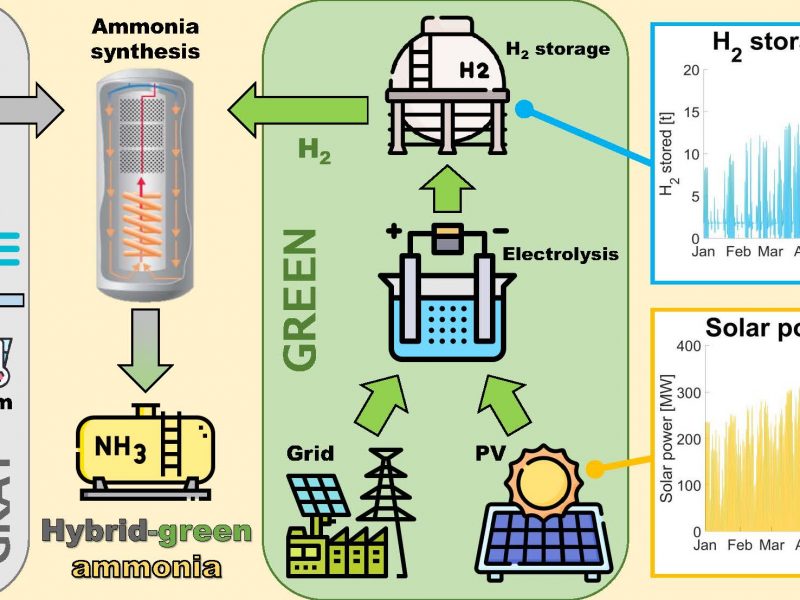A joint collaboration between Ospedale San Paolo di Milano and PSE-Lab brought to the publication of a new article on Computers and Chemical Engineering.
The interested readers can download the PSE-Lab version.
A physiologically-based diffusion-compartment model for transdermal
administration – The melatonin case study
Adriana Savoca, Giovanni Mistraletti, Davide Manca
DOI:Â https://doi.org/10.1016/j.compchemeng.2018.03.008
Abstract
There is a significant hype in the medical sector for the transdermal administration of drugs as it allows achieving a combination of multiple advantages: non-invasive procedure, pain avoidance, no first-pass hepatic metabolism, and induction of sustained plasma levels. This paper proposes a model for the study and prediction of drug transport through skin and the following distribution to human body. This is achieved by an innovative combination of the physiologically-based compartmental approach with Fick’s laws of diffusion. The skin model features three strata: stratum corneum, viable epidermis, and dermis, which have a major impact on the absorption, distribution, and metabolism of transdermal drugs. The combined model accounts for skin transport via diffusion equations, and absorption and distribution in the rest of the body (i.e. organs/tissues) via material balances on homogeneous compartments. Experimental data of transdermal melatonin allow validation. Main applications are optimization of the dosage and study of skin transport.


